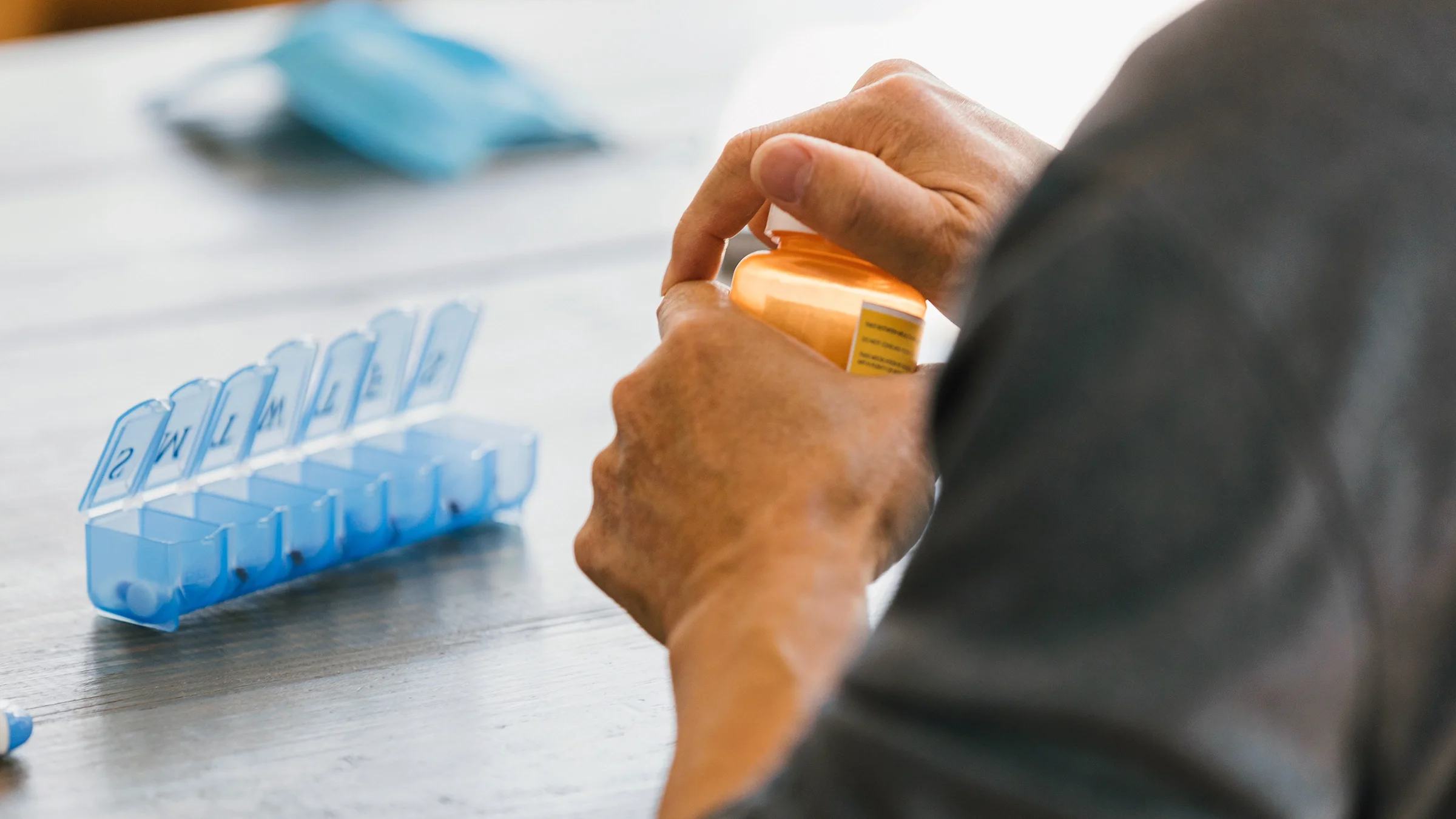Key takeaways:
Hydralazine is a medication that’s FDA-approved to treat high blood pressure. It has to be taken two to four times a day because it usually only lasts a few hours in the body.
The usual daily dose for high blood pressure is 100 mg to 200 mg. In rare cases, up to 300 mg may be needed if a lower dose hasn’t worked well enough.
If you have severe kidney damage, you should use caution when taking hydralazine. In people with kidney problems, hydralazine can build up in the body and make side effects more likely.
Save on related medications
Hydralazine is a medication that’s FDA-approved to treat high blood pressure (hypertension). It works by relaxing your blood vessels so blood can flow more easily through them, which lowers your blood pressure. It’s not a first-choice medication option for hypertension. But it may be a good option for people who didn’t see adequate results with first-choice medications.
If you are prescribed hydralazine, it’s important to take it exactly as your healthcare provider instructs. Taking the correct hydralazine dosage will help you get the most out of the medication and can help you avoid side effects.
Hydralazine comes as a tablet and an injection. It’s also available in a combination pill called BiDil (isosorbide dinitrate/hydralazine). In this article, we’ll focus on the oral form of hydralazine alone.
What’s the typical hydralazine dosage for adults?
Hydralazine tablets are only FDA-approved to treat hypertension in adults. The oral form of hydralazine only lasts in the body for a few hours, so it has to be taken multiple times throughout the day. It can be taken with or without food, but you should take it the same way every day.
Hypertension
The product information for hydralazine recommends taking it four times a day. The suggested dosage schedule is in the chart below.
| Schedule | Recommended dosage |
|---|---|
| First 2 to 4 days | 10 mg four times a day |
| Remainder of the first 7 days | 25 mg four times a day |
| After the first week | Up to 50 mg four times a day if needed |
These dosage recommendations are a little different from those in the American College of Cardiology/American Heart Association guidelines for hypertension. Here, the suggested daily dose of hydralazine is 100 mg to 200 mg, divided into two or three doses.
Less commonly, up to 300 mg of hydralazine per day may be recommended. This is for people who have resistant hypertension. Resistant hypertension is defined as blood pressure that remains high — even after the use of three different blood pressure medications.

Are there any dosage adjustments for medical conditions?
If you have severe kidney damage, you should use caution when taking the medication. Hydralazine can build up in people who have kidney damage and make kidney problems worse. But there’s no specific dosage adjustments for hydralazine in people with kidney problems, so talk to your healthcare provider about what dose is best for you.
Taking hydralazine when you have severe kidney damage can also make it more likely that you’ll develop drug-induced lupus, a serious potential side effect of hydralazine. Common symptoms of this side effect include joint and muscle pain, fever, and rash. If you have kidney problems, make sure your healthcare provider is aware of this before you start taking hydralazine.
It’s also important to note that people with certain health conditions shouldn’t take hydralazine at all. This includes people who have coronary artery disease (including a history of heart attack) or mitral valvular rheumatic heart disease. It’s also usually not recommended for people who have had a stroke.
What happens if you miss a dose of hydralazine?
If you miss a dose of hydralazine, take it as soon as you remember. If it’s close to your next scheduled dose, however, skip the missed dose and just take your next dose at your regular time. You should never take two doses of hydralazine at once.
What should you do if you take too much hydralazine?
If you take too much hydralazine, you may experience extremely low blood pressure, a fast heart rate, and/or headache. More seriously, you could develop an abnormal heartbeat, have a heart attack, or go into shock.
If you think you’ve taken too much hydralazine and you’re experiencing abnormal symptoms, seek emergency care immediately. You may need hospital treatment.
How to save on hydralazine
Hydralazine is only available as a generic medication. GoodRx can help you save over 50% on the average retail price of the medication. Hydralazine tablets at certain pharmacies may be as low as $5.36 with a free GoodRx coupon.
The bottom line
Hydralazine is a medication that can treat hypertension. It’s usually not a first-choice medication for high blood pressure, but it may be an option for people who haven’t seen adequate results from first-choice treatments. Your hydralazine dosage will depend on how much your blood pressure needs to be lowered.
Hydralazine is taken two to four times a day, because it only lasts a few hours in the body. You can take it with or without food, but you should take it the same way and at the same time every day.

Why trust our experts?


References
Calhoun, D. A., et al. (2008). Resistant hypertension: Diagnosis, evaluation, and treatment. Circulation.
Dass, C., et al. (2022). Rheumatic heart disease. StatPearls.
Herman, L. L., et al. (2022). Hydralazine. StatPearls.
RemedyRepack Inc. (2022). Hydralazine hydrochloride [package insert].
Scuderi, C. E., et al. (2019). Complex prescribing in chronic kidney disease: role of the renal pharmacist in kidney supportive care in uncovering hydralazine-related lupus. Journal of Pharmacy Practice and Research.
Solhjoo, M., et al. (2022). Drug-induced lupus erythematosus. StatPearls.
Vitt, J. R., et al. (2019). Management of blood pressure during and after recanalization therapy for acute ischemic stroke. Frontiers in Neurology.
Whelton, P. K., et al. (2017). 2017 ACC/AHA/AAPA/ABC/ACPM/AGS/APhA/ASH/ASPC/NMA/PCNA guideline for the prevention, detection, evaluation, and management of high blood pressure in adults: Executive summary. Hypertension.









